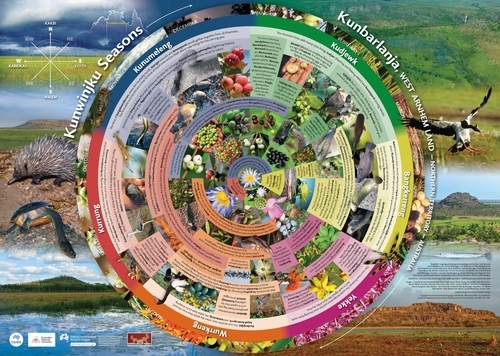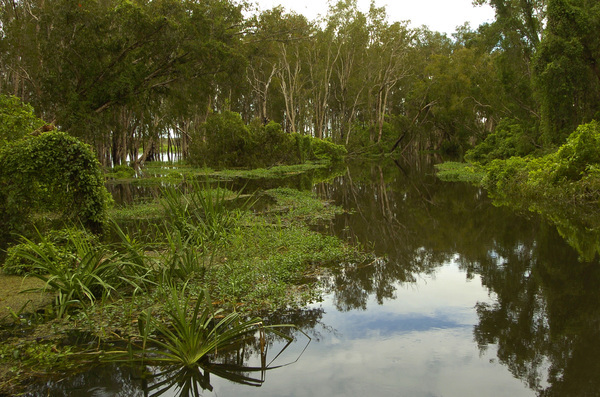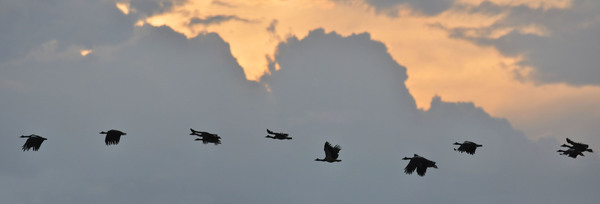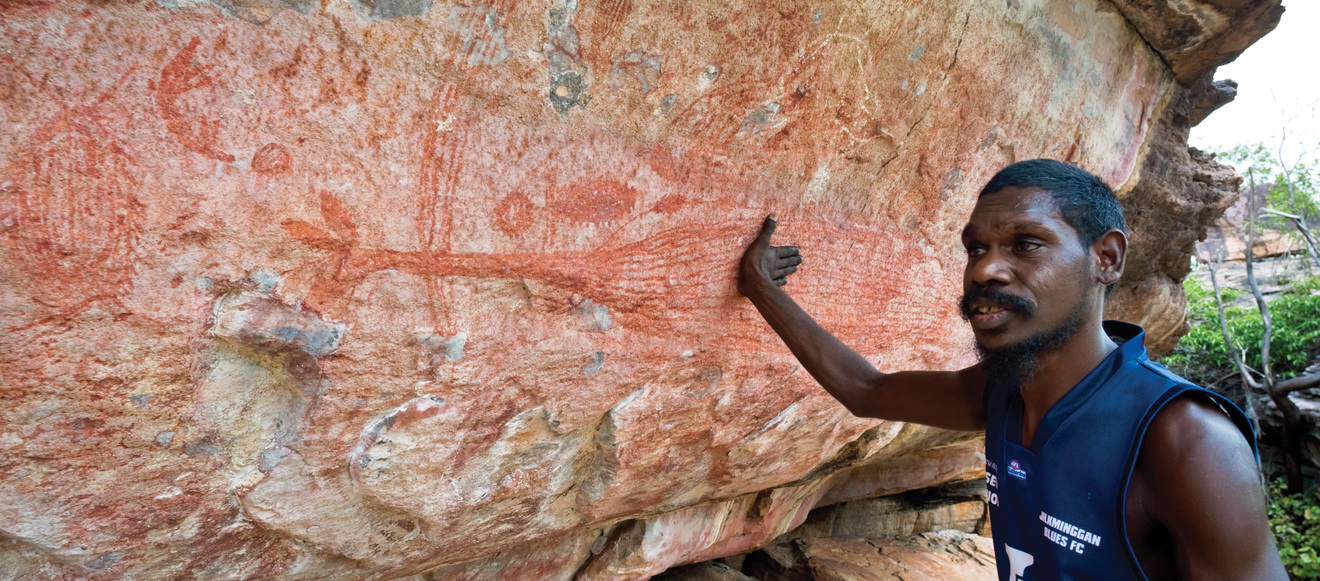Kakadu is Australia’s largest land-based national park, 250km west of Darwin and east of the vast Arnhem Land plateau.
It is a place of living culture used by Mirarr and other Bininj (Aboriginal people) every day.
This living culture stretches back thousands of years as can be seen in numerous prehistoric rock art paintings, as well as dreaming tracks and sites of cultural significance.
Age-old stories have been handed down from tens of thousands of years ago to the present day.
Aboriginal people have lived continuously in the area now known as Kakadu for over 60,000 years and the region contains one of Australia’s oldest sites of human occupation.
By comparison, British occupation is recent, dating back to the 1890s.
Even by Australian standards this is a short time, spanning only five or six generations.
Roads, the township of Jabiru, mines, airstrips and the national park are even more recent additions, arriving from the 1970s onwards.
These big changes to the cultural and economic landscape of Kakadu pose big challenges for Bininj (local Aboriginal people).
Ensuring that Bininj derive lasting benefit from these changes is a key role for the GAC.
Seasons
Balanda (European Australians) see three tropical seasons in the top end - the monsoonal ‘wet’, the ‘dry’ and the (humid) ‘build-up. However local Aboriginal people (Bininj) see six seasons with distinct weather and biological patterns.
Gudjewg – monsoon season
Banggerreng – storm season
Yegge – harvest season
Wurrgeng – cool and dry season
Gurrung – hot and dry season
Gunumeleng – storm season

download high res PDF Kunwinjku calendar to dive into all these details
These varied weather patterns account for Kakadu‘s diverse landscapes which include tidal flats, mangrove forests, floodplains, billabongs, savannah woodlands, monsoon forests and sandstone escarpments.

This rich biodiversity means Kakadu literally hums with bird and animal life, many of which are found nowhere else in the world.
World Heritage
Kakadu National Park received World Heritage listing from the United Nations Educational, Scientific and Cultural Organization (UNESCO) in 1981 due to its outstanding cultural and natural features.
It is Australia’s largest national land-based park, representing an extraordinary array of cultural and ecological features.
Culture
Mirarr cultural practices are resilient and dynamic, forming an ongoing and strong bond between past practices and contemporary life.
Mirarr have important obligations and responsibilities to look after country (gunred) and people (guhpleddi).
Mirarr speak an average of three Aboriginal languages plus English with Gundjeihmi (pronounced kund-jate-me) being the most widely spoken language.
Kakadu’s complex and detailed rock art galleries are one of the values cited by UNESCO in its World Heritage listing.
Nature

Kakadu’s extensive waterways give rise to a profusion of birds and animals.
Almost 300 different species of birds can be found in Kakadu including a number listed as migratory, endangered and vulnerable.
The brilliant birdlife is one of the many reasons Kakadu was acknowledged as having World Heritage status and is a key attraction for the many thousands of visitors to the area every year.
